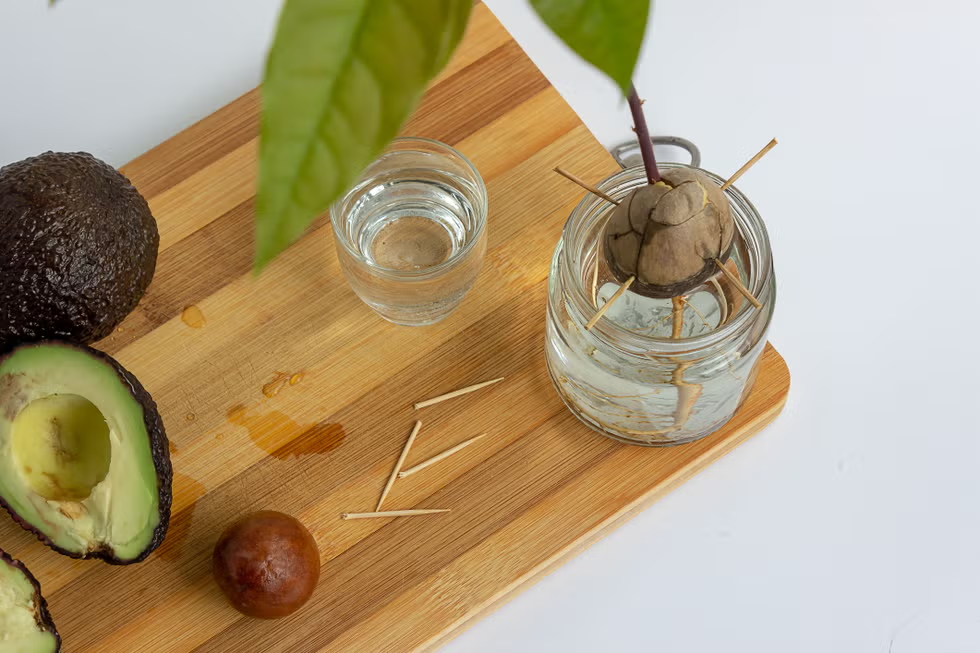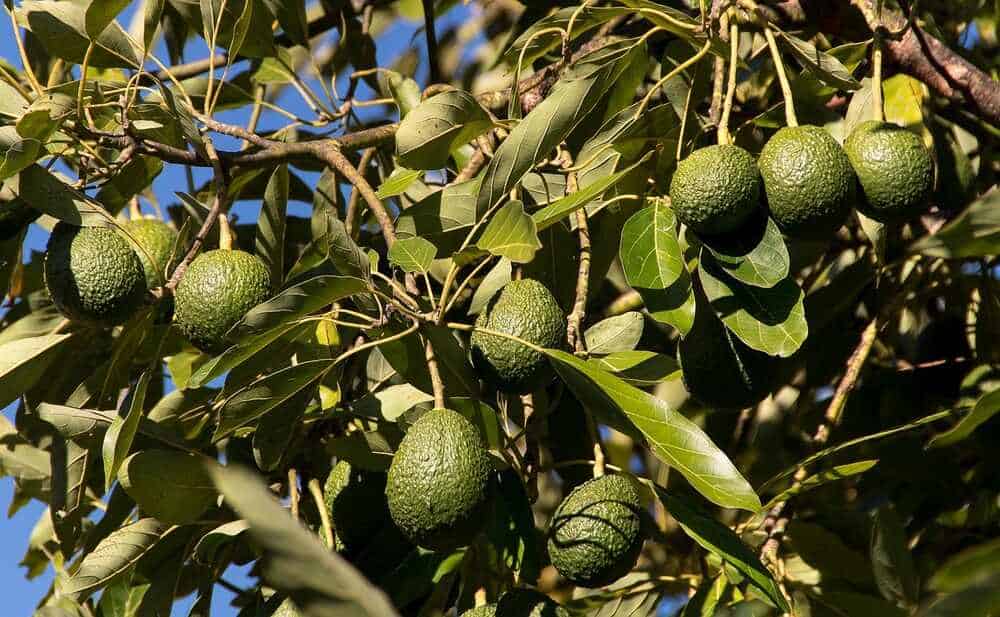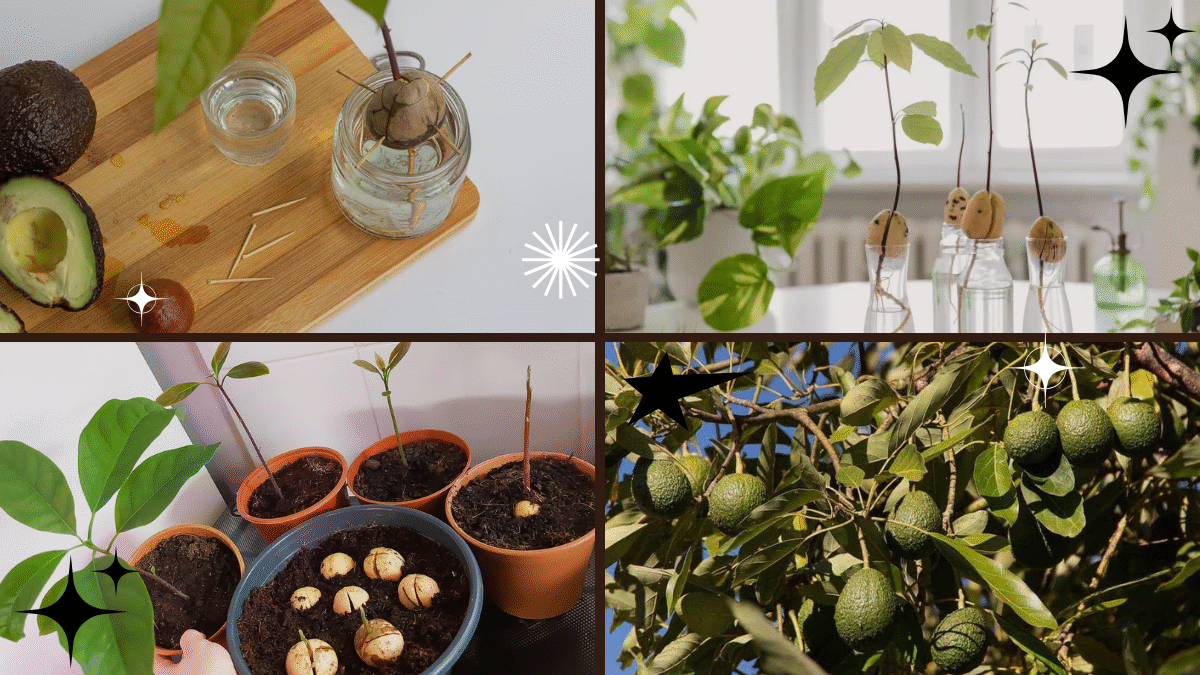Who doesn’t love a creamy, fresh avocado? Not only are they packed with nutrients and healthy fats, but did you know you can grow your own avocado plant right at home from a simple seed? It’s easier than you think — and incredibly rewarding to watch that seed sprout into a beautiful plant. Whether you dream of eventually harvesting your own avocados or simply want a lush, leafy houseplant, growing an avocado plant is a fun and educational experience.
In this article, we’ll guide you through every step of seeding and growing an avocado plant, from choosing the perfect pit to nurturing your plant into a thriving beauty. No green thumb required — just patience, a little love, and this handy guide.

Why Grow an Avocado Plant at Home?
Before we dig in, here’s why you might want to grow an avocado plant:
- It’s surprisingly simple and cost-effective — all you need is an avocado pit, some water, and soil.
- Great as a houseplant — avocado plants have gorgeous, glossy leaves.
- Educational for kids and adults alike — watching a seed sprout is an amazing natural lesson.
- Potential homegrown avocados — although it takes years and special conditions to bear fruit, it’s possible.

What You’ll Need
To get started, gather these basic items:
- 1 ripe avocado pit (freshly removed and cleaned)
- 3-4 toothpicks
- A glass or jar of water
- A sunny windowsill
- Potting soil and a small plant pot (for later)

Step 1: Remove and Clean the Avocado Pit
After enjoying your avocado, carefully remove the pit. Gently rinse it under warm water to remove any remaining flesh — avoid using soap or scrubbing too hard, as you don’t want to damage the seed’s brown skin, known as the seed coat.
Pro Tip: Let the seed dry for a few hours or overnight to make it easier to handle when inserting toothpicks.

Step 2: Determine the Top and Bottom of the Pit
It’s essential to position your avocado seed correctly for it to sprout. One end of the seed is slightly pointier (the top) and the other is flatter (the bottom). The roots will grow from the bottom, while the sprout emerges from the top.
Remember: Flat side down in the water — pointy side up.
Step 3: Pierce the Seed with Toothpicks
Insert three to four toothpicks evenly spaced around the avocado seed’s middle, at a slight downward angle. These will act as supports, allowing the bottom half of the seed to sit in water while keeping the top half exposed to air.
Step 4: Suspend the Seed Over Water
Rest the toothpicks on the rim of a glass or jar, so that the bottom half of the seed is submerged in water. Make sure about an inch of the seed is under water.
Use clean, room-temperature water and place the glass in a sunny windowsill or warm, bright area.
Step 5: Change Water Regularly
Keep the water fresh by changing it every 2-3 days. This prevents mold and bacteria from forming, ensuring healthy root and sprout growth.
Within 2 to 6 weeks, you’ll notice the seed begin to split and roots start to grow from the bottom. A sprout will emerge from the top soon after.
Note: Some seeds may take up to 8 weeks — be patient!
Step 6: Wait for Strong Roots and a Healthy Sprout
Once the roots are about 3-4 inches long and the sprout has grown a few inches tall with several leaves, it’s time to transfer your avocado plant to soil.
If the sprout grows too long without leaves (around 6-7 inches), you can pinch it back to about 3 inches to encourage bushier growth.
Step 7: Planting the Avocado Seed in Soil
Choose a small pot with drainage holes and fill it with well-draining potting soil. Create a small hole and place the seed in the soil with the roots pointing down and the top half of the seed above the soil surface.
Press the soil gently around the seed and water lightly.
Step 8: Care for Your Avocado Plant
Now that your avocado seedling is in soil, it’s time to nurture it into a healthy plant.
Light
Avocado plants love sunlight. Place your pot in a sunny window where it can get at least 6 hours of bright, indirect light daily.
Watering
Keep the soil moist but not soggy. Avocado plants dislike waterlogged soil. Water when the top inch of soil feels dry to the touch.
In winter, reduce watering frequency as the plant’s growth slows.
Temperature
Avocado plants prefer temperatures between 60°F and 85°F (16°C to 29°C). Avoid placing them in drafty or overly cold spots.
Fertilizing
Use a balanced liquid houseplant fertilizer every 4-6 weeks during the growing season (spring and summer). Skip fertilizing in fall and winter.
Step 9: Pruning and Encouraging Bushier Growth
As your plant grows, you can encourage fuller, bushier growth by pinching off the top leaves.
- When your plant reaches 12 inches tall, pinch off the top two sets of leaves.
- This will stimulate side shoots and give your plant a more balanced appearance.
Step 10: Repotting
As the plant matures, it will eventually outgrow its pot.
- Repot your avocado plant into a slightly larger container every year or two.
- Use fresh potting mix and check the root system for signs of health.
Will Your Avocado Plant Bear Fruit?
This is the golden question! While it’s entirely possible for a homegrown avocado plant to bear fruit, there are a few important notes:
- Avocado trees grown from seed typically take 5-10 years (or more) to produce fruit.
- Many indoor-grown avocado plants may never fruit without ideal outdoor conditions.
- To increase chances, you need good light, consistent warmth, pollination, and space — conditions that are difficult indoors in most climates.
- Commercial avocados are usually grafted, a technique that helps trees produce fruit earlier and reliably.
Still, even without fruit, an avocado plant is a stunning, leafy addition to any home.
Common Problems and How to Fix Them
Brown, Crispy Leaf Tips:
Usually caused by dry air, underwatering, or salt build-up from fertilizers. Mist leaves occasionally and check soil moisture.
Drooping Leaves:
Often a sign of overwatering. Ensure the pot drains well and allow the soil to dry slightly between waterings.
Yellowing Leaves:
Could indicate overwatering or lack of nutrients. Adjust care routine as needed.
Final Thoughts
Growing an avocado plant from seed is a simple, affordable, and fun gardening project that anyone can try — even if you’ve never kept a houseplant alive before. While it may take years (or never) to produce fruit, the process itself is rewarding. With its lush green leaves and quirky growth habits, an avocado plant makes for a beautiful, eco-friendly home companion.
So next time you slice into a ripe avocado, don’t toss that pit — turn it into a new leafy friend.





Leave A Comment